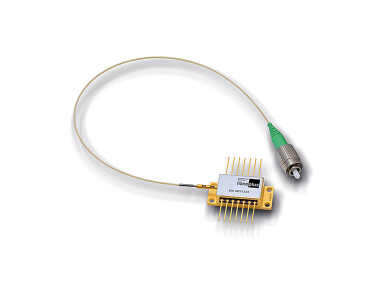Environmental Laboratory
Monitoring Copper in Fuel Ethanol by Anodic Stripping Voltammetry
Nov 14 2008
both restrict the amount of copper in fuel ethanol to 10 ìg/L. Anodic stripping voltammetry (ASV) is the determination method of choice, as
it allows the quantification of Cu(II) without any sample pretreatment.
The presence of heavy metal traces in car fuels has an adverse effect on engine performance. Copper, for example, is a very active catalyst for the low-temperature oxidation of hydrocarbons. Consequently, copper concentrations above 12 ìg/kg in commercial gasoline are expected to promote the deterioration of olefins and the formation of gum.
In order to monitor heavy metal traces, anodic stripping voltammetry (ASV) is the method of choice. ASV is a sensitive and selective electroanalytical technique comprising two steps. Firstly, metal ions are electrodeposited on the mercury electrode, which is held at a suitable potential. Secondly, the (amalgamated) metal deposits are anodically stripped from the mercury electrode by scanning the potential.
The ASV is performed using the hanging mercury drop electrode (HMDE) and the Metrohm 797 VA Computrace for trace analysis. The HMDE is used with a platinum auxiliary electrode and an Ag/AgCI reference electrode using saturated lithium chloride in ethanol as the inner electrolyte. The concentration of the copper in the samples is quantified by standard addition.
Digital Edition
AET 28.4 Oct/Nov 2024
November 2024
Gas Detection - Go from lagging to leading: why investment in gas detection makes sense Air Monitoring - Swirl and vortex meters will aid green hydrogen production - Beyond the Stack: Emi...
View all digital editions
Events
Nov 26 2024 Paris, France
Nov 27 2024 Istanbul, Turkey
H2O Accadueo International Water Exhibition
Nov 27 2024 Bari, Italy
Biogas Convention & Trade Fair 2024
Nov 27 2024 Hanover, Germany
Dec 02 2024 London, UK












.jpg)






